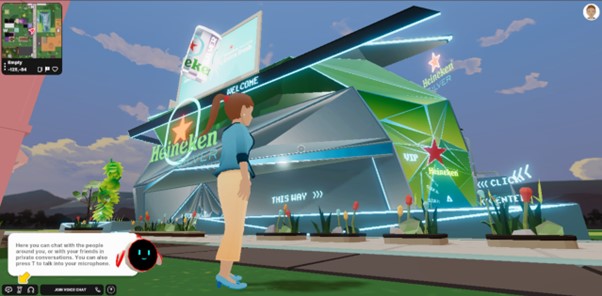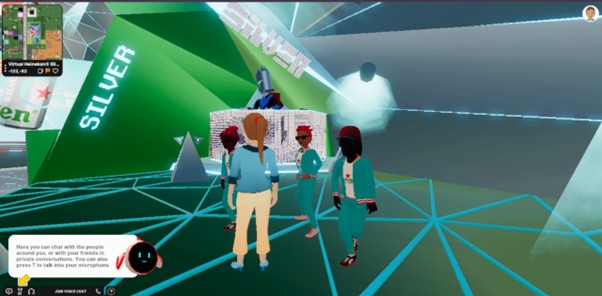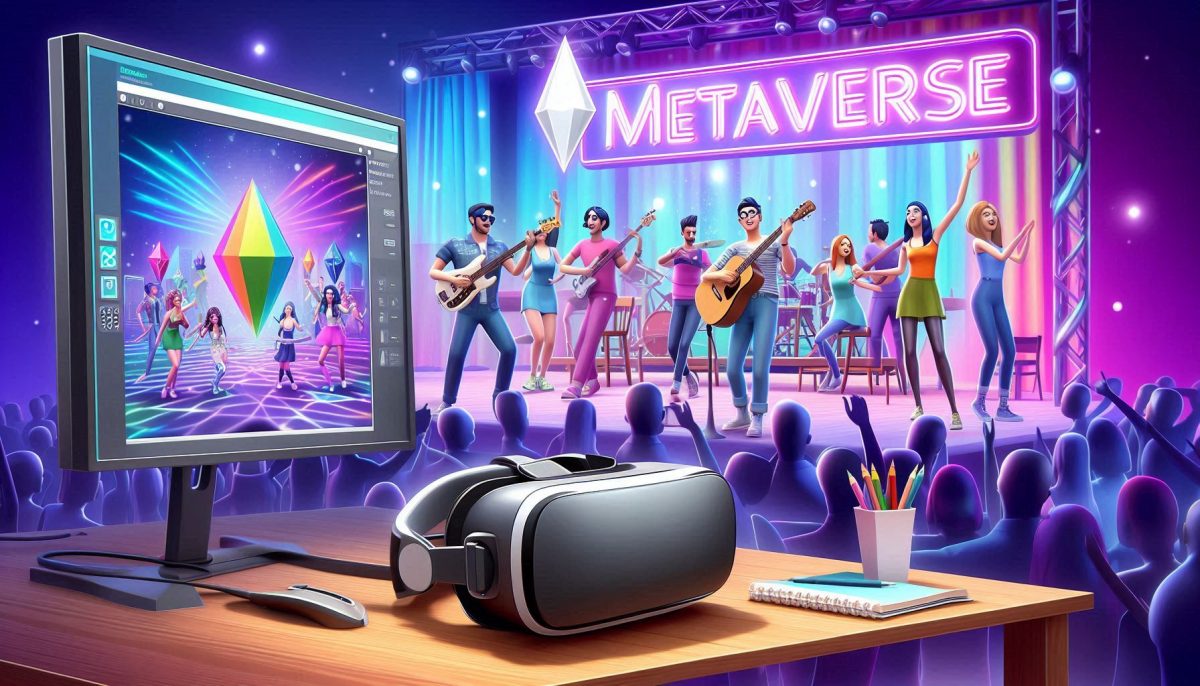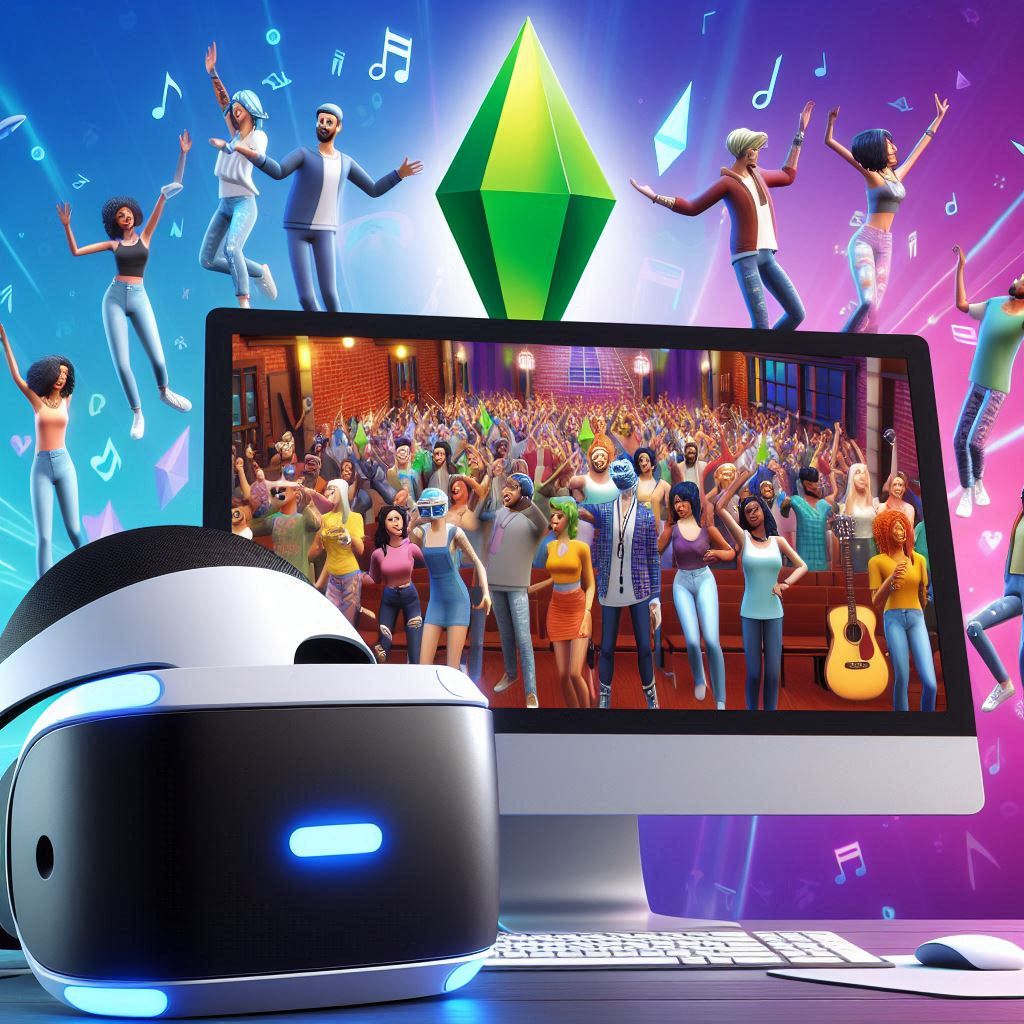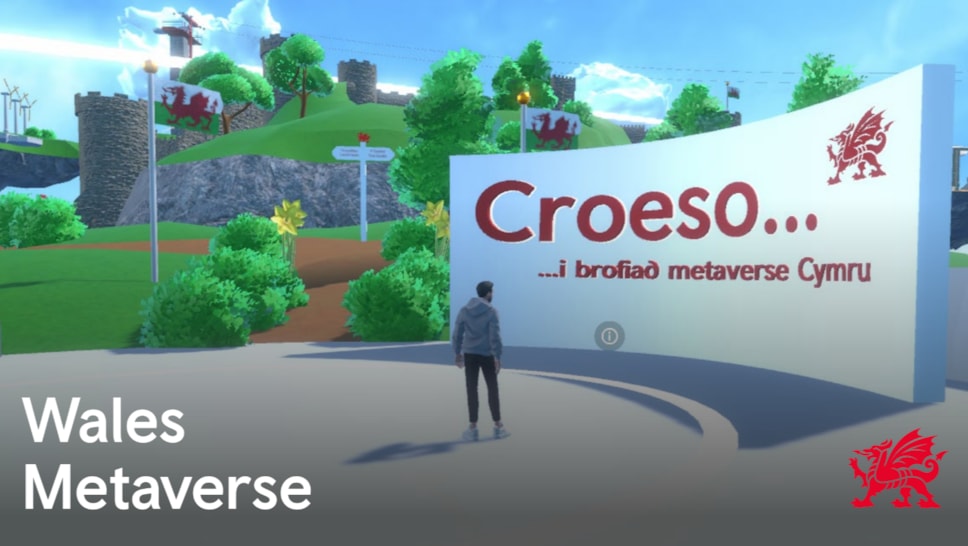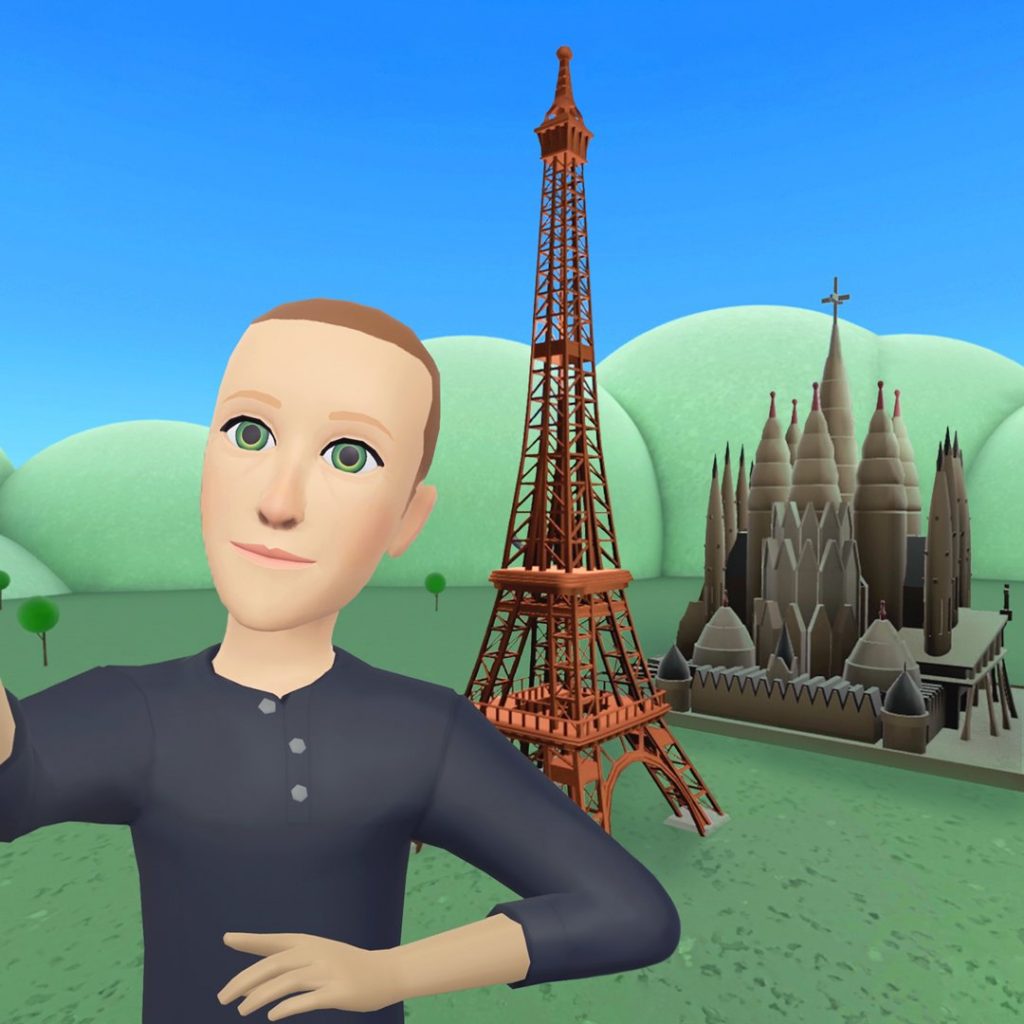No ratings yet.
We frequently picture online-only titans like Netflix or Amazon as the main characters of digital disruption. However, when navigating through new digital business upending entire industries, nowhere is this more visible than in one of the most traditional sectors of the Italian economy: tourism.
As an Italian student, I see my country’s majestic ruins and museums not just as cultural treasures, but as ground zero for digital disruption. While mass tourism unpleasantly overwhelms our cities, a new breed of startups is using a seamless blend of physical and digital to disrupt the traditional “guidebook-and-tour-bus” model. They are creating value in a completely new way, proving that in the era of experience economy, even the world’s oldest heritage can be seen through new, digital lens.
What Is “Phygital” and What Does It Really Mean for Strategy
Indeed, some of the most intriguing innovations occur when the digital and physical worlds collide, a phenomenon known to academics as the “phygital approach.” According to recent studies on Italian cultural tourism startups, these initiatives are empowering tourists to become curators of their own journeys, moving from passive observers to active participants, putting the power of a personalised, deep cultural immersion directly into the hands of the individual visitor (Greco et al., 2024). Therefore, it’s not just using tech on-site; it’s about creating value through three interconnected dimensions:
- Interaction: This first aspect is the key to moving from a broadcast to a dialogue. It allows visitors to customise their experience, also giving them the possibility to leave their mark, stimulating a deeper sense of agency and belonging.
- Immediacy: The bridge between the digital and physical must be instantaneous. For this reason, tools like QR codes, NFC tags, or location-based triggers are employed to deliver content right when and where it’s most relevant.
- Immersion: The digital layer should pull tourists deeper into the narrative of the place, not out of it. At the end of the day, what stays with them is thanks to emotional engagement, not just to visual spectacle.
Phygital In Action: Italy’s Living Laboratory
It is fascinating to read about how some Italian innovators are exploring this spectrum.
The Responsive Museum
Some museums in Italy employ simple yet clever technology in addition to AR. As you move, motion sensors pick up on background noise or changes in the lighting in a space, gently directing your path and changing the mood. This is immersion using ambient intelligence rather than a screen, employing a potent but frequently disregarded tactic.
ZIA’s Conversational Layer
A curious work under development in the Molise CTE research project is ZIA (Grasso, Catalano, Lanza, & Romano, 2024). By adopting the culturally resonant figure of the zietta, this Gen-AI “Local Auntie” aims at animating a trusted, friendly interface to interact with and assist tourists visiting the Belpaese. This way, it feels more like receiving guidance from a local than surfing on a database, which thing encourages hands-on exploration.
The Apulia Metaverse
The Italian region of Apulia has been recreated in the Metaverse (Rizzo, Di Bitonto, Laterza, & Roselli, 2023), so that prospective travellers can virtually visit and engage with local vendors and digital guides even before their trip. Despite its drawbacks, the try before you buy it through a metaverse platform possesses effective strategic value, creating excitement and lessening the uncertainty associated with travel planning.
The Enabling Ecosystem: (Invisible) Foundations for Phygital Adoption
Of course, none of this is possible without a solid foundation. Italian universities play a big role in shaping digital startups (Colombelli, D’Amico, & Paolucci, 2023). Additionally, according to the OECD Cogito (2025) report, the unsung heroes are Italy’s efforts to promote public Wi-Fi (Wi-Fi by Italia.it), digital upskill small hospitality businesses, and smart city projects. The implementation of ideas by startups and museums is made easier by this public-digital infrastructure. They can create the svelte vehicles that travel on the digital highway instead of having to start from scratch.
When the Two Realities Collide
As earlier work already highlighted (Greco, 2022), good digital strategy in Italy’s cultural sector needs to take into consideration very real limitations. First of all, the price of creating a custom app is still too high for a small museum. For this reason, the approach must prioritise platform-neutral, lightweight tools (like web-based augmented reality) over native apps. Secondly, it’s a mistake to assume that every traveler has the newest smartphone, data plan, and the cunning to use these tools — here comes the digital literacy gap.
But the greatest strategic risk in preserving the genius loci is the development of a uniform digital layer that gives each heritage site a uniform feel. Instead of overpowering the place’s distinct spirit, the technology should be designed to enhance it: curation, not just creation, is the approach.
My View: Contextual Personalisation is the Strategic Imperative
In my opinion, what is really needed is contextual personalisation. I believe more intelligent systems, rather than more immersive graphics, will be the next big thing.
For instance, a platform that recognises a user’s interests (for example, they love Renaissance art but detest crowds), comprehends their current situation (they are in front of the Uffizi Gallery at 11 am on a busy Tuesday), and provides a highly customised physical intervention will be the winning tactic: “At the moment, the Hall of Botticelli is full. For a more peaceful hallway, turn left here. While you stroll, I’ll send you a two-minute story about this lesser-known painting”.
Essentially, making Italy a tech demo is not the aim. The goal is to use technology to help each visitor develop a deeper connection with the people, culture, and history they are visiting. And it’s worthwhile to develop that tactic.
Thanks for sticking with me through this post! I’d love to read what are your thoughts, experiences, or even questions about this! Let’s get a discussion going in the comments.
Resources
Colombelli, A., D’Amico, E., & Paolucci, E. (2023). When computer science is not enough: Universities’ knowledge specializations behind artificial intelligence startups in Italy. The Journal of Technology Transfer. https://doi.org/10.1007/s10961-023-10029-7
Greco, A. (2022). Cultural startups and the challenge of phygital approaches: Cases from Italy. Università degli Studi di Napoli Federico II. https://www.iris.unina.it/handle/11588/993758
Greco, A., Carignani, A., Clemente, M., & Bifulco, F. (2024). Phygital as a lever for value propositions in Italian cultural tourism startups. Sustainability, 16(6), 2550. https://doi.org/10.3390/su16062550
Grasso, A., Catalano, S., Lanza, R., & Romano, G. (2024). zIA: A GenAI-powered local auntie assists tourists in Italy. arXiv. https://arxiv.org/abs/2407.11830
Mazzoni, F., Pinelli, M., & Riccaboni, M. (2023). Measuring corporate digital divide with web scraping: Evidence from Italy. arXiv. https://arxiv.org/abs/2301.04925
OECD. (2025, July 16). Tradition meets tech: How digital tools are transforming tourism in Italy. OECD Cogito. https://oecdcogito.blog/2025/07/16/tradition-meets-tech-how-digital-tools-are-transforming-tourism-in-italy
Rizzo, A., Di Bitonto, P., Laterza, M., & Roselli, T. (2023). Development of a metaverse platform for tourism promotion in Apulia. arXiv. https://arxiv.org/abs/2305.11877




